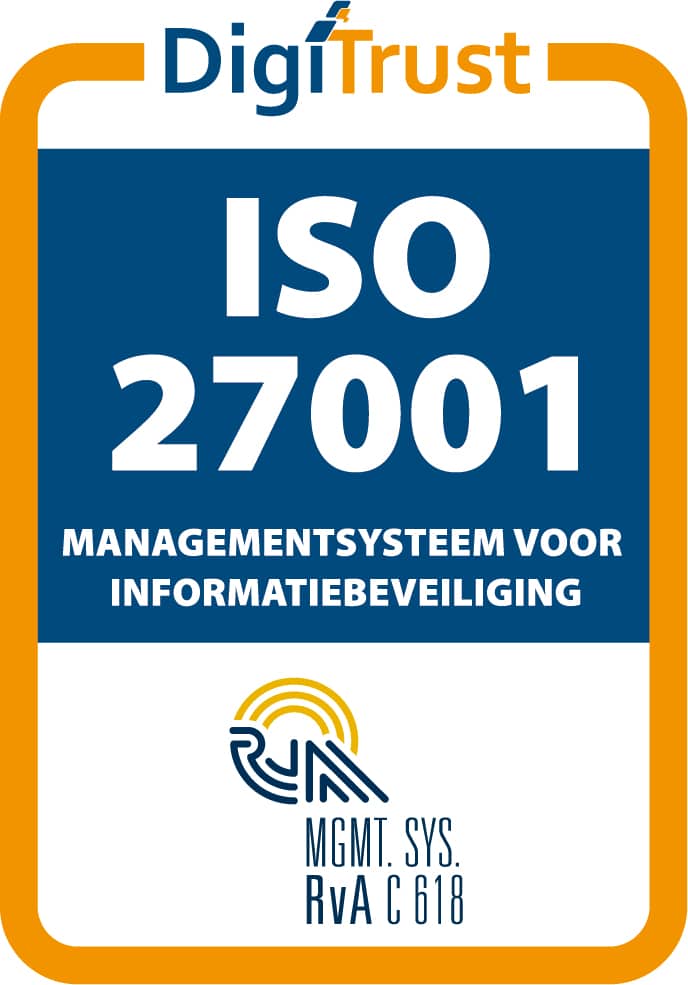VNG Guide to Electronic Signing
4 June 2021
In December 2021, VNG published the guide 'Electronic Signing'. This document was compiled by a working group consisting of municipalities and market parties, led by VNG. The main purpose of the guide is to provide municipalities with tools for the introduction of electronic signing. Why now? On the one hand, relatively few municipalities have introduced digital signing and on the other hand, there is a growing number of providers.
It addresses issues such as what types of electronic signatures there are, what documents (must) be signed electronically, and what requirements there are for preserving the electronic signature. This information alone is very useful to go through.
Do not sign unless
The handbook contains a legal analysis regarding the necessity of using digital signing as a municipality. It indicates that many documents do not require signing. Therefore it is suggested to use the approach 'do not sign unless....'. Attention is also given to authenticating documents. A hallmark or digital seal differs from a digital signature in that its purpose is not to get a counterparty to sign the document. Therefore, it has much more of an archival function. What many do not know, however, is that a digital signature also always contains a digital seal. In a technical sense, it then also adds authentication of a signer.
In addition to the legislation directly applicable to digital signatures (eIDAS Regulation), the guide also pays attention to the Archives Act. Because a time-stamped certificate with long term archiving is possible for both a digital signature and digital seal, a municipality can use both functionalities for archiving. So it is not necessary to authenticate a digitally signed document again separately (except to follow internal policy rules).
Different approaches
Four municipalities (Delft, The Hague, Drechtsteden cooperation and Nijmegen) shared their practical experiences with the VNG. It is interesting how each municipality has a different approach to the multitude of documents (decisions, agreements) that may or may not need a signature or a hallmark. These practical experiences can be put to good use for exploratory municipalities to formulate points of interest for the approach and method of implementation. A roadmap for the implementation of electronic signatures can also be drawn from this.
Zynyo has done a review of the VNG guide and has been involved as an expert. She sees it as a useful document for municipalities that are orienting themselves on the use of the digital signature. In view of the Electronic Messaging Act, in addition to these services, registered e-mail (with an auditable proof of receipt) is very appropriate and can very well be combined with the implementation of digital signing. In this way you kill several birds with one stone and a municipality only needs to implement it once.
Would you like to discuss the possibilities with no obligation? Great! Please let us know:
Please feel free to contact Joost Hament (Head of Legal).
